Your beer brewing possibilities are endless with the Lallemand Yeast.
As distributors of the Lallemand Yeast range we feel the need to share with you the types of yeasts that are available in our store and what types of beers you can brew with the Lallemand Yeast range. Maybe you feel the need to try new beers in the new year, or maybe you have your favourite beer recipe and feel the need to change the yeast brand that you are currently using. The Lallemand Yeast range is s great range and there will be a substitute or a yeast that would suit the beer you are making.
Abbaye Belgian Ale Yeast
If you haven’t tried the Abbaye Yeast then I’d suggest you do so when you are making any Belgian styled beers:
Blonde, Dark Strong, Dubbel, Trippel, Quad, Bière de Garde, and Witbier.
This yeast is a Belgian Ale yeast that is suitable for making beers with a low or high alcohol %. When fermented at higher temperatures, typical flavours and aromas include tropical, spicy and banana. At lower temperatures, LalBrew Abbaye produces darker fruit aromas and flavours of raisin, date, and fig.

Belle Saison Ale Yeast
This Lallemand Yeast is designed for warm-temperature fermentation true to traditional “Farmhouse” production methods, beers brewed are fruity, spicy and refreshing.
Suggested styles: Berliner Weiss, Farmhouse, Gose, and a Saison.

BRY-97 West Coast Ale Yeast
By far the most popular Lallemand yeast in the range. This yeast can be used for most beers due to its neutral strain with a high flocculation flavour.
Traditional ales made with LalBrew® BRY-97 include but are certainly not limited to Cream Ale, American Wheat, Scotch Ale, American Pale Ale, American Amber, American Brown, American IPA, American Stout, Russian Imperial Stout, Imperial IPA, Roggen/Rye, Old Ale and American Barleywine.

Diamond Lager Yeast
Don’t be fooled by the ‘lager’. This yeast is a true German lager strain and produces a clean ferment, but you have to stick to your temperatures!
This lager yeast can deliver excellent fermentation performance thus it is a great yeast to consider for the following beer styles: Munich Helles, Dortmunder Export, German Pilsner, Bohemian Pilsner, American Pilsner, Vienna Lager, Oktoberfest/Märzen, Dark American Lager, Munich Dunkel, Schwarzbier, Traditional Bock, Doppelbock, Eisbock and California Common.

Köln™ Kolsch Style Yeast
The neutral character of this strain accentuates delicate hop aromas while imparting subtle fruity esters. Ideal for brewing traditional Kölsch-style beers and other neutral ales.
Beer styles: Altbier, APA, American Wheat Beer, Blonde, Cream Ale, Kolsch, NEIPA, New England Pale Ale, and Session IPA.

London English-Style Ale Yeast
Neutral to slightly fruity and ester flavour and aroma, allowing Malt aromas and flavours to shine through
An excellent choice not only for brewing Extra Special Bitter but for other authentic heritage UK styles like Pale Ale, Baltic Porter, Brown Ale, Cream Ale, Stouts, Bitters and Mild. LalBrew® London may also be used in the production of Ciders.
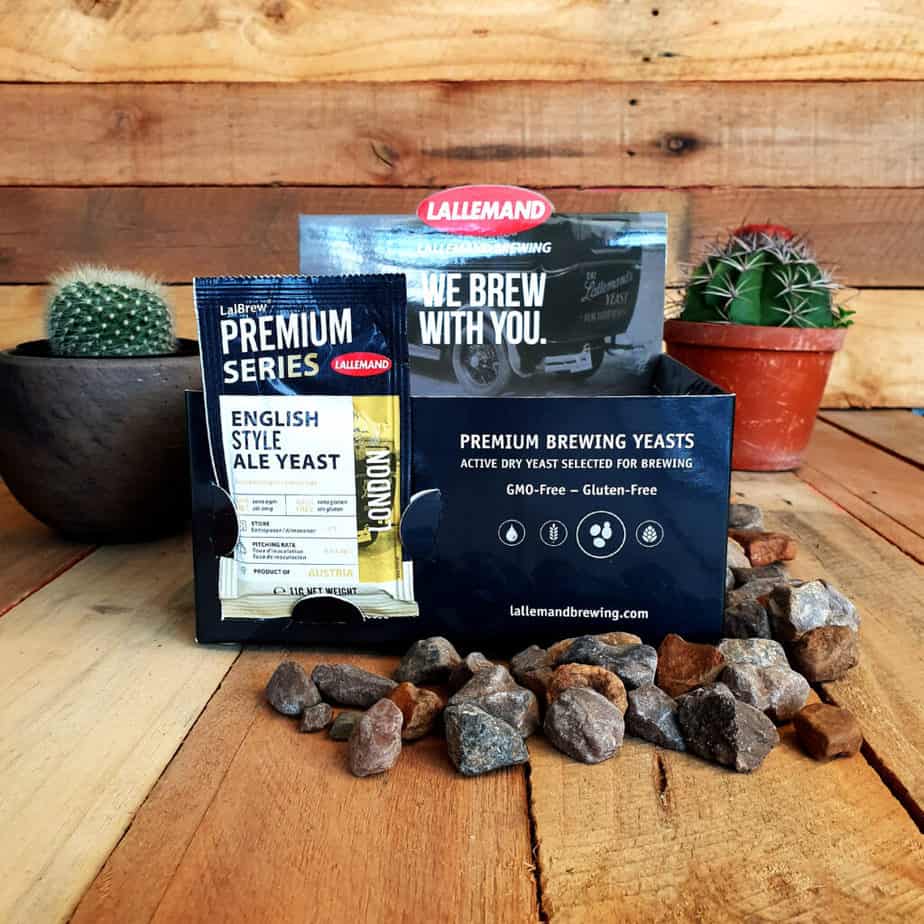
Munich Classic Yeast
A true classic Bavarian wheat beer strain that can easily express the spicy and ester aroma profile typical to German wheat beer styles. This strain is simple to use over a wide range of recipe variations and fermentation conditions, making it a great choice for several traditional styles of wheat beer. A true top cropping yeast that can be skimmed off the top of classic open fermentation vessels traditionally.
Styles brewed include but are not limited to Weizen/Weissbier, Dunkelweizen and Weizenbock.

New England Ale Yeast
An ale yeast strain selected specifically for its ability to produce a unique fruit-forward ester profile desired in East Coast styles of beer. Produce tropical and fruity esters, notably stone fruits like peach.
Styles of beers this yeast can be used for: Altbier, American Wheat, Blonde Ale, Brown Ale, Cream Ale, English IPA, English Special Bitter, NEIPA, Sweet Stout.
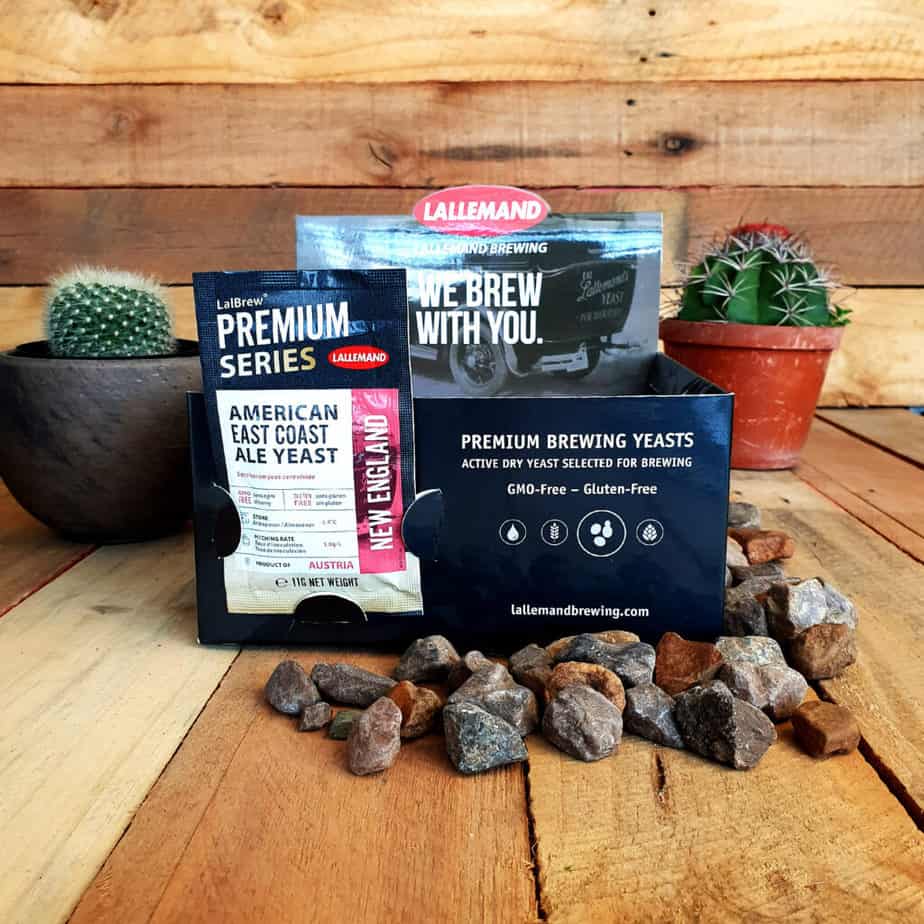
Nottingham High-Performance Yeast
Nottingham High-Performance Yeast is a relatively neutral ale strain that is stress-tolerant making it a good choice for high gravity, sour and other challenging fermentation conditions. I’ll let you have a look at what beer styles you should NOT use this yeast with, the list will be short.
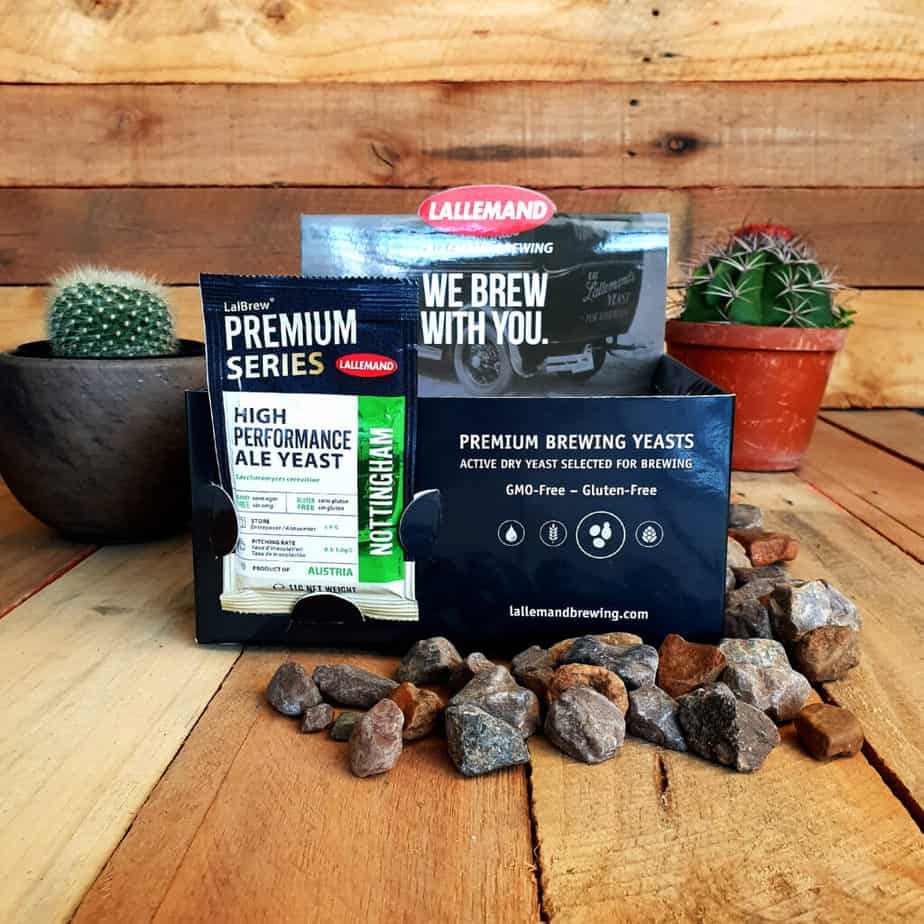
Verdant IPA Yeast
Specially selected in collaboration with Verdant Brewing Co. (UK) for its ability to produce a variety of hop-forward and malty beers. Prominent notes of apricot and undertones of tropical fruit and citrus merge seamlessly with hop aromas.
This highly versatile strain is well suited for a variety of beer styles including NEIPA, English IPA, American Pale, English Bitter, Sweet Stout and Sours.
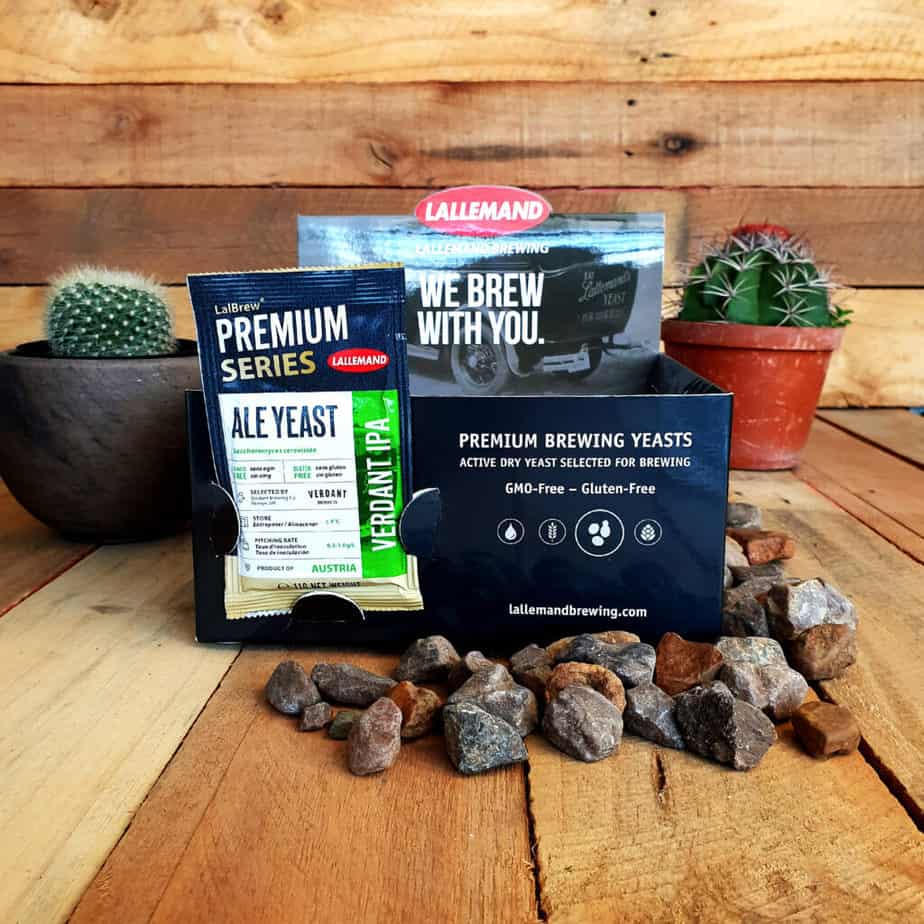
Voss Kveik Yeast
Voss strain was obtained from Sigmund Gjernes (Voss, Norway), who has maintained this culture using traditional methods since the 1980s and generously shared it with the wider brewing community. LalBrew® Voss Kveik Ale Yeast supports a wide range of fermentation temperatures between 25-40°C (77-104°F) with a very high optimal range of 35-40°C (95-104°F).
Very fast fermentations are achieved within the optimal temperature range with full attenuation typically achieved within 2-3 days. The flavour profile is consistent across the entire temperature range: neutral with subtle fruity notes of orange and citrus.
Beer styles suitable for this Kveik yeast: American Ales, American Stouts, Bièr de Garde, IPA’s, Farmhouse, and Gose.

Windsor British Style Ale Yeast
A true English strain that produces a balanced fruity aroma and imparts a slight fresh yeasty flavour. Beers created with Windsor are usually described as full-bodied, fruity English ales.
Traditional styles brewed with this yeast include but are not limited to Milds, Bitters, Irish Reds, English Brown ales, Porters and Sweet Stouts. Used in our Irish Stout and Irish Red Ale kits.

Belgian Wit-Style Yeast
A relatively neutral strain that can be used to produce a wide variety of wheat beer styles. Ester and phenol production is lower than for traditional hefeweizen strains such as Munich Classic. provides a baseline profile of banana and spice aromas but leaves space for the brewer to showcase other spice additions typical of Belgian style beers.
Traditional styles brewed with this yeast include but are not limited to Belgian Witbier, American Wheat, Berliner Weiss, Gose, Hefeweizen, Dunkelweis, and Weizenbock.

Farmhouse Yeast
A non-diastatic hybrid that has been selected to make Saison-style and farmhouse style beers. Care was taken to retain normal brewing sugar utilization to produce dry saisons. Additionally, the patented technology from University of California Davis (USA) ensures that the strain will not produce sulfurous favors, therefore enhancing the saison yeast aroma characteristics.

WildBrew™ Philly Sour
A unique species of Lachancea selected from nature by the University of the Sciences in Philadelphia, PA, USA.
(Patent pending N° PCT/US20 18/043 148). WildBrew™
Produces moderate amounts of lactic acid in addition to ethanol in one simple fermentation step. This first yeast in the WildBrew™ series is a great choice for innovative, sessionable sour beers with refreshing acidity and notes of stone fruit. With high attenuation, high flocculation and good head retention, an ideal yeast for traditional styles such as Berliner Weiss, Gose, American Lambic Style, American Wild Ales and its resistance to hops make it perfect for Sour IPA’s.

Re-hydrating Dry Lallemand Yeast
Why re-hydrate?
When you re-hydrate your dry yeast you reduce osmotic stress and enhance homogenous dispersion. If you don’t know what that means it basically means that you are ‘waking up’ the dried yeast. When the yeast is dried (mainly for preservation) the cells are dormant and by re-hydrating them you allow the yeast to reacclimate the yeast cells to a liquid form. This will make the yeast react saver and faster and eliminates the lag time you get when pitching the yeast dry.
How do I re-hydrate my Lallemand yeast?
- Sanitize all utensils before using it to re-hydrate. Everything that touches the packaging and pitcher you re-hydrate in.
- If you use boiling water, let it cool down to 30-35°C before you sprinkle the dry yeast in it. Do not use RO water or Wort.
- Leave the yeast and let it do its thing for 15 minutes.
- Stir lightly (with sanitized utensil) and leave for another 5 minutes.
- Add cooled of wort every 5 minutes to the re-hydrated yeast to bring temperature down quicker before pitching it in the wort.
For more information about Lallemand Yeast you can visit the Lallemand Yeast Brewers Corner for recipes, Brewer’s Calculators, and Lallemand Yeast Data Sheets.

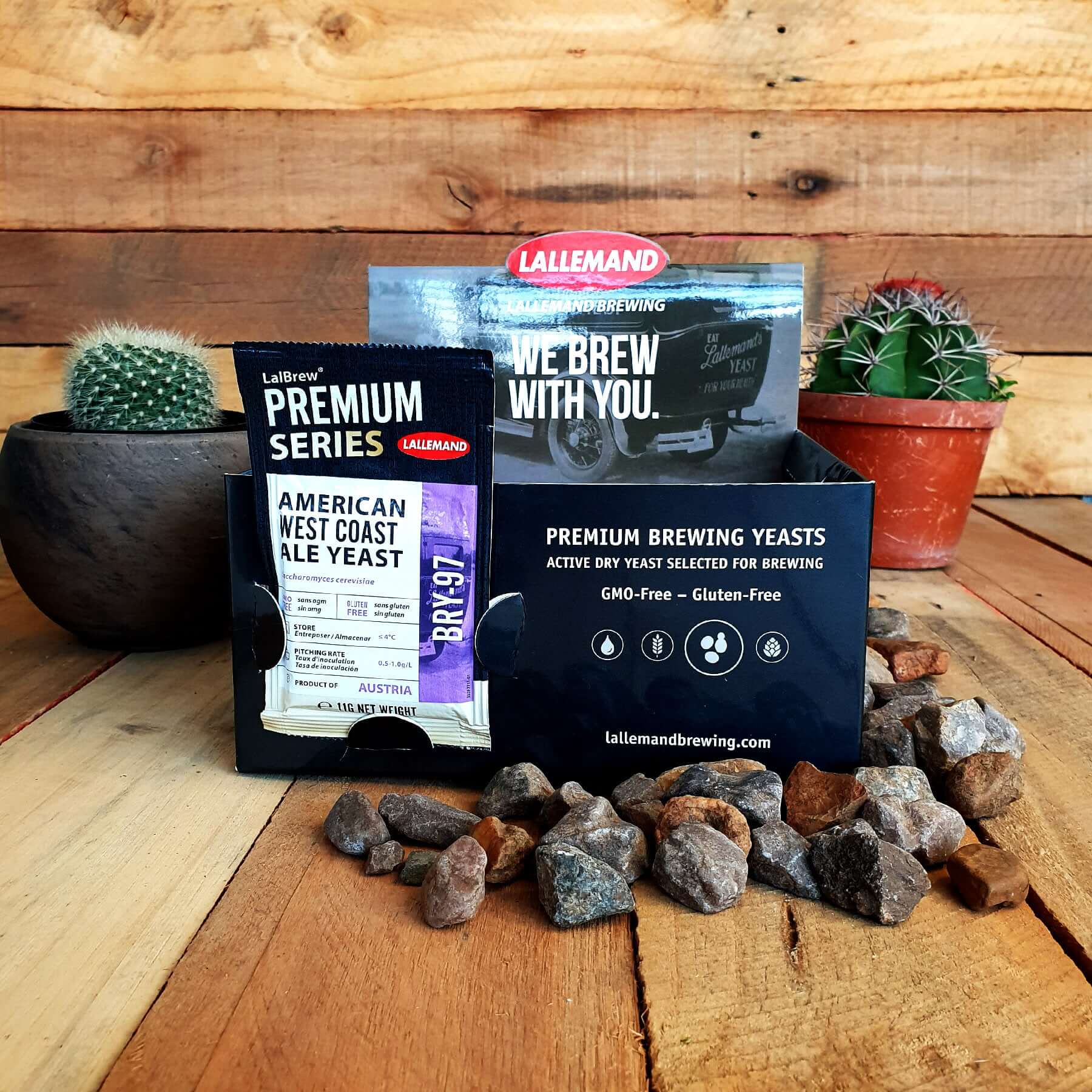
Hi! Do you know if they make any plugins to help with Search Engine Optimization? I’m trying to
get my blog to rank for some targeted keywords but I’m
not seeing very good success. If you know of any
please share. Cheers! I saw similar blog here:
Lista escape roomów